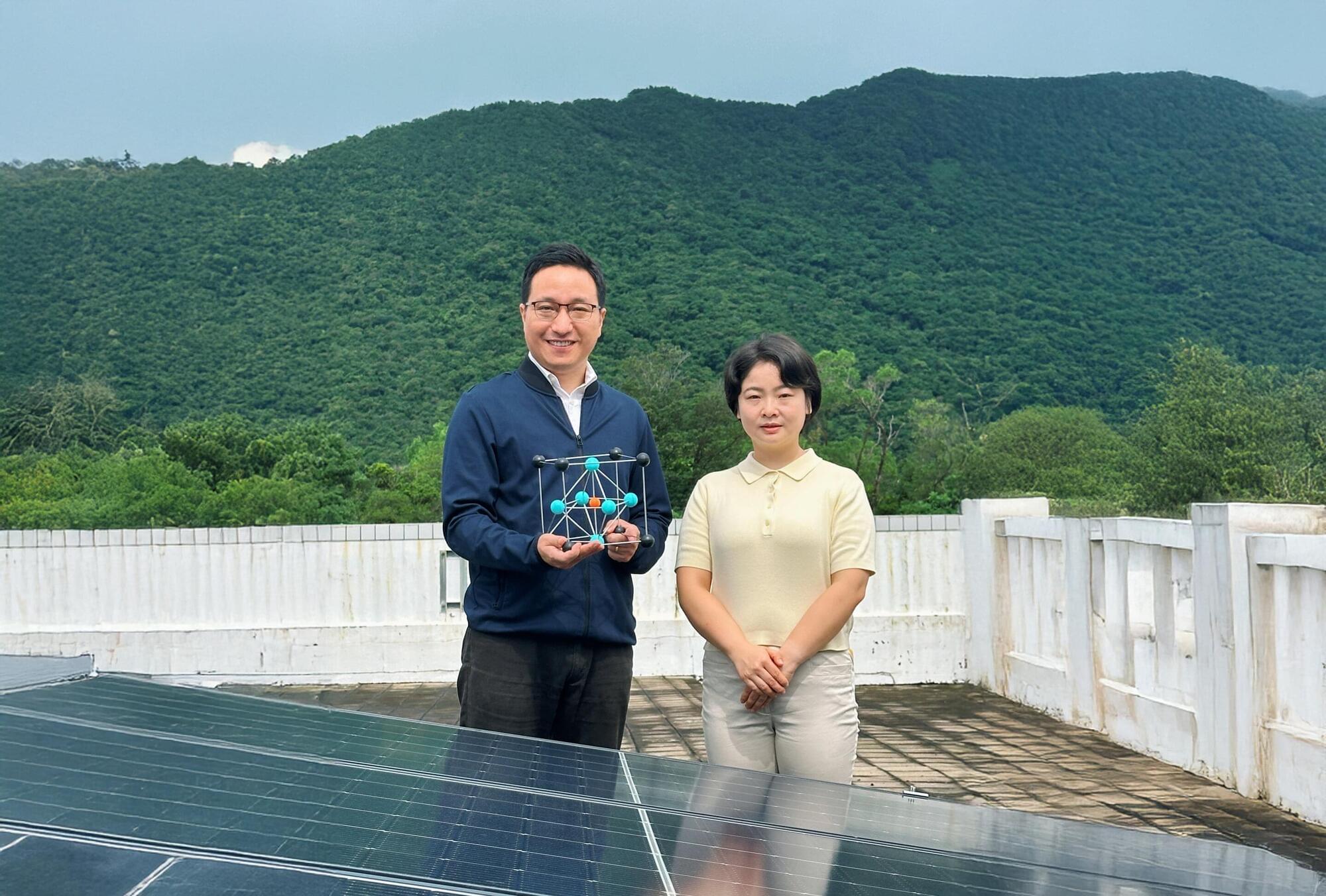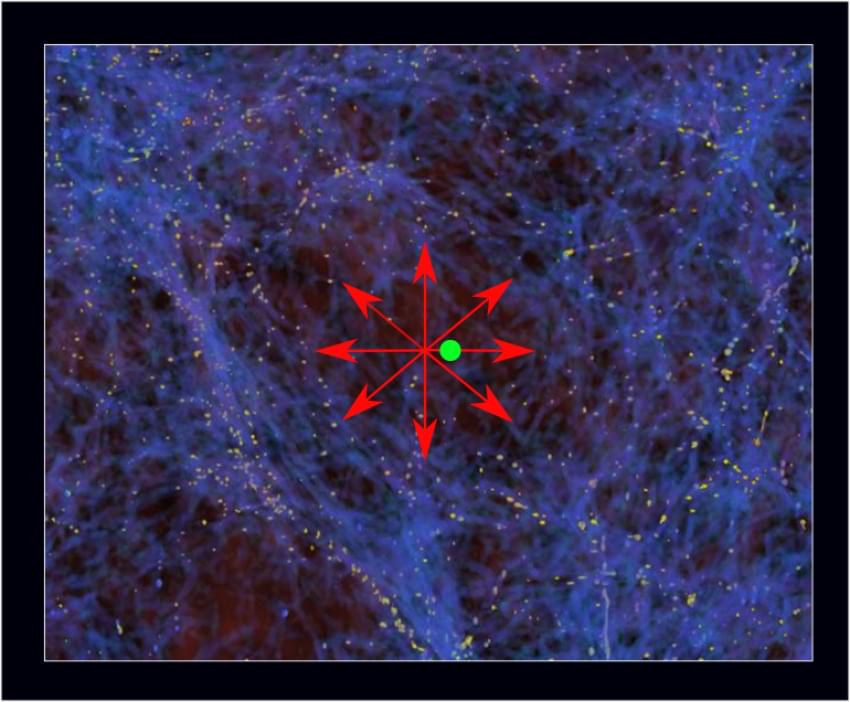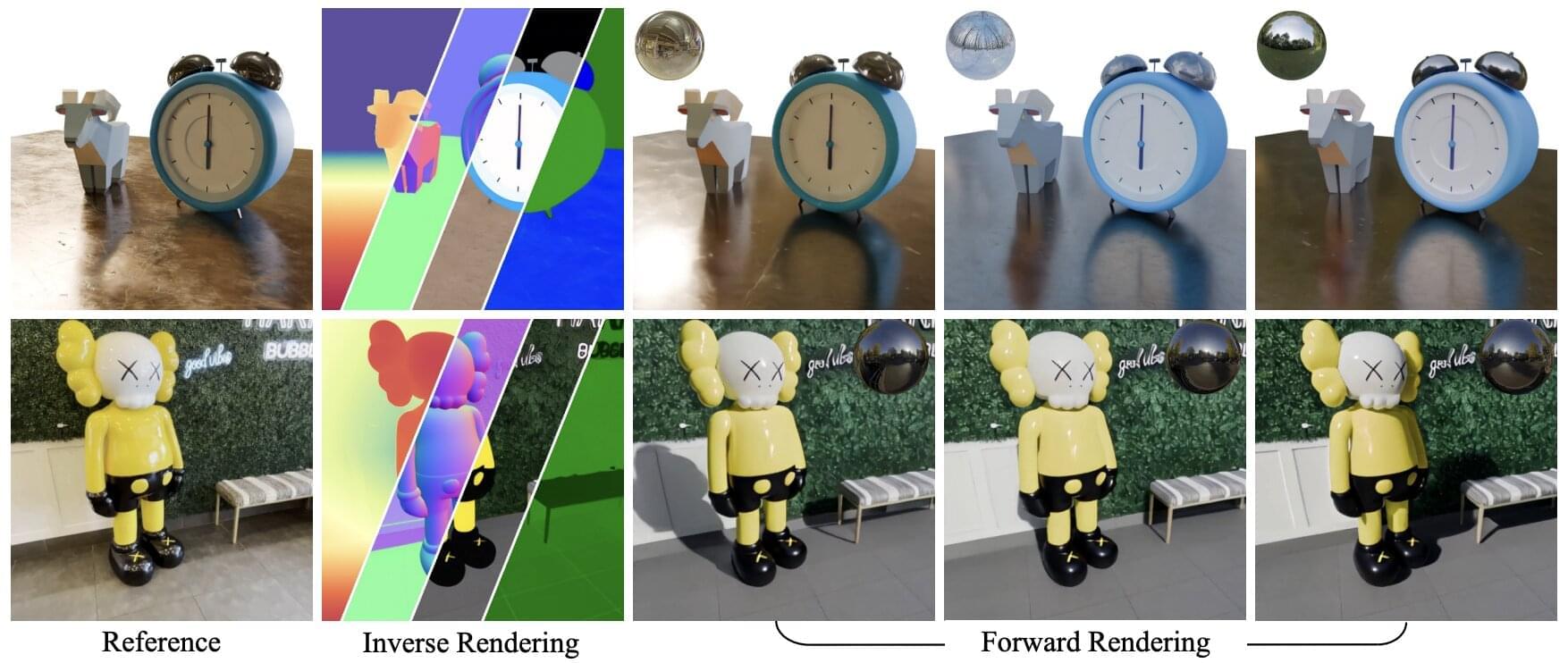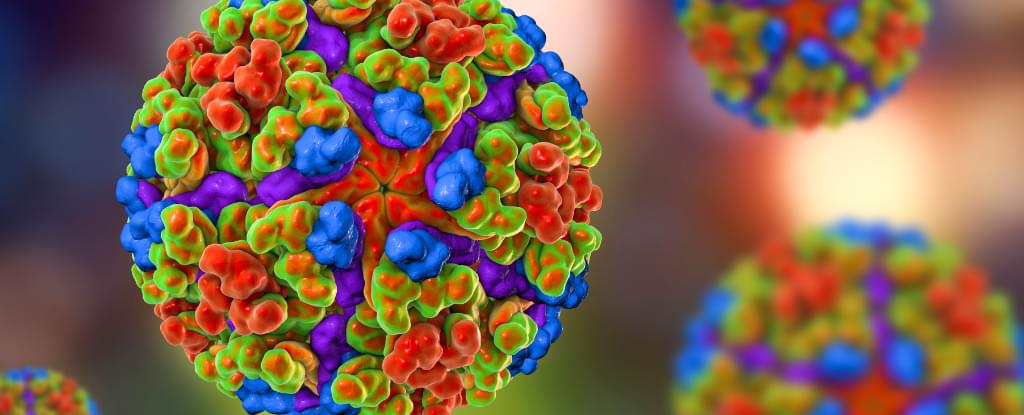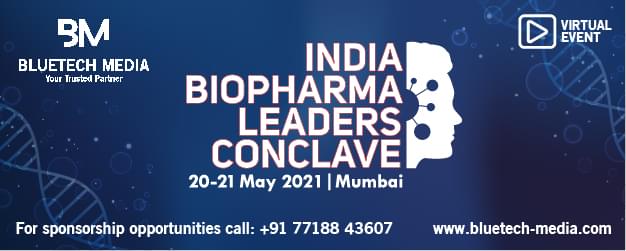Questions to inspire discussion.
Marketing and Promotion.
📣 Q: What marketing strategies should Tesla employ to promote FSD? A: Tesla should invest in advertising, highlighting the cost-effectiveness of their vehicles, and invite influencers and press for a special day to meet the AI team and spread the word about FSD.
Technical Advancements.
🧠 Q: What future improvements are planned for Tesla’s FSD? A: Tesla plans to expand FSD capabilities with 10x parameters in future iterations, making it an even more valuable feature and key brand differentiator.
Safety Benefits.
